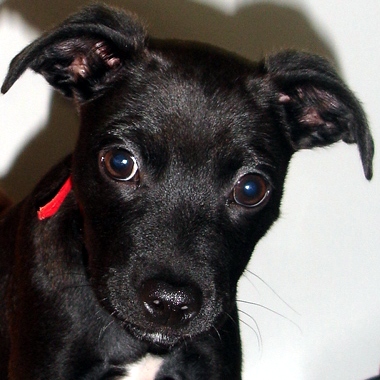In a follow-up on the H3N2 canine influenza situation in Florida, the University of Florida College of Veterinary Medicine has now confirmed more than one dozen “dog flu” cases.

Dogs testing positive for the H3N2 canine influenza virus (CIV) strain were either at the Perry, Georgia dog show May 19-21 or the Deland, Florida dog show the following weekend, or were exposed to dogs who were present at these shows.
This is the same strain responsible for the severe outbreak of canine influenza in Chicago in 2015.
All dogs being treated are in stable condition.
H3N2 CIV is spread by direct contact with a sick dog and by contact with an environment or people that are contaminated with the virus. Coughing dogs produce invisible virus‐containing mists that travel more than 20 feet in the air, facilitating rapid spread of virus over distances. This type of virus transmission contributes to a rapid increase in coughing dogs in a kennel situation.
The virus can survive in the environment (kennel surfaces, food/water bowls, collars/ leashes, toys, beds) or on people’s clothing and hands for 12 to 24 hours before it dies. It is easily killed by handwashing with soap and water, normal laundering of clothing and bedding, and washing food/water bowls and toys with soap and water.
Most dogs do not have immunity to H3N2 CIV. This means that dogs of any breed, age or health status will likely be infected if they are exposed to the virus
There is no evidence that H3N2 canine influenza virus infects humans.
Related:
- Meningococcal Group B vaccine, Trumenba, gets approval in Europe
- North Carolina reports increase in hepatitis B & C
- Kroger Recall: Simple Truth Dry Roasted Macadamia Nuts may be Listeria contaminated
- H1N1 influenza may increase risk of developing Parkinson’s disease: Study
- Scripps researchers modify vancomycin to make it more potent
- Romania measles outbreak update: 27th possible death being investigated

